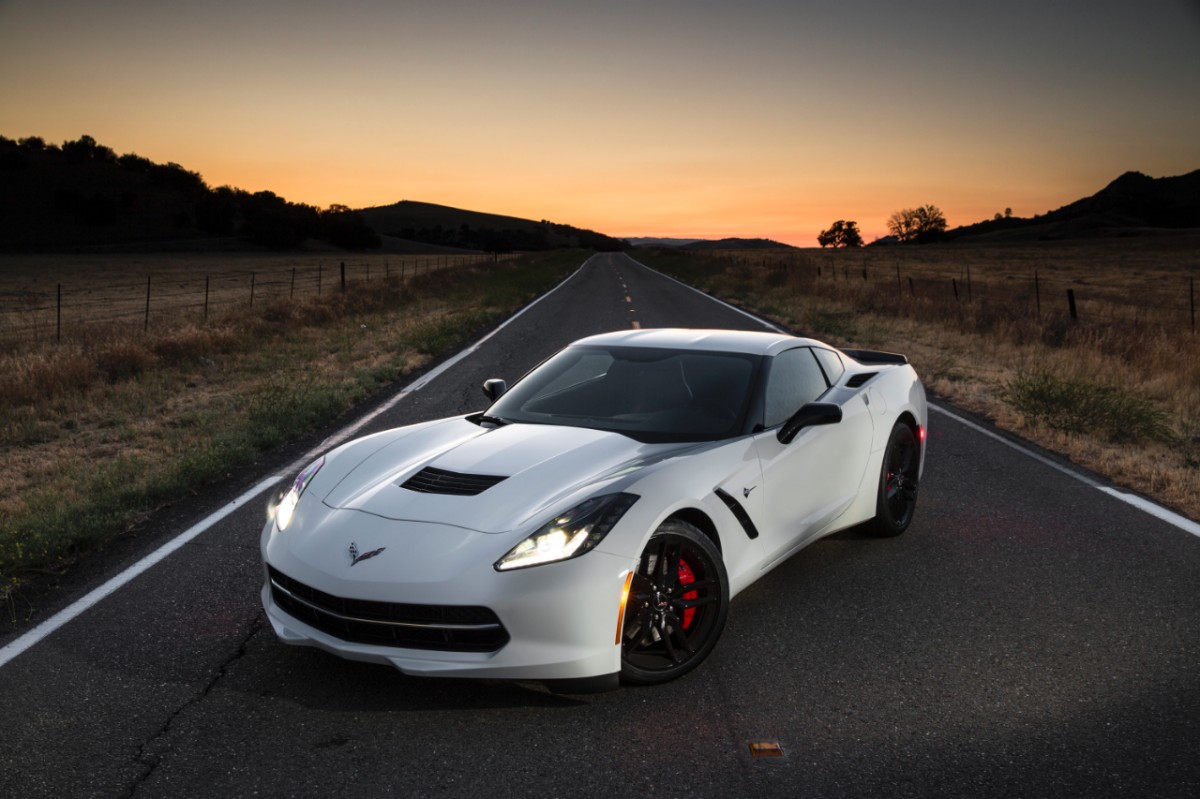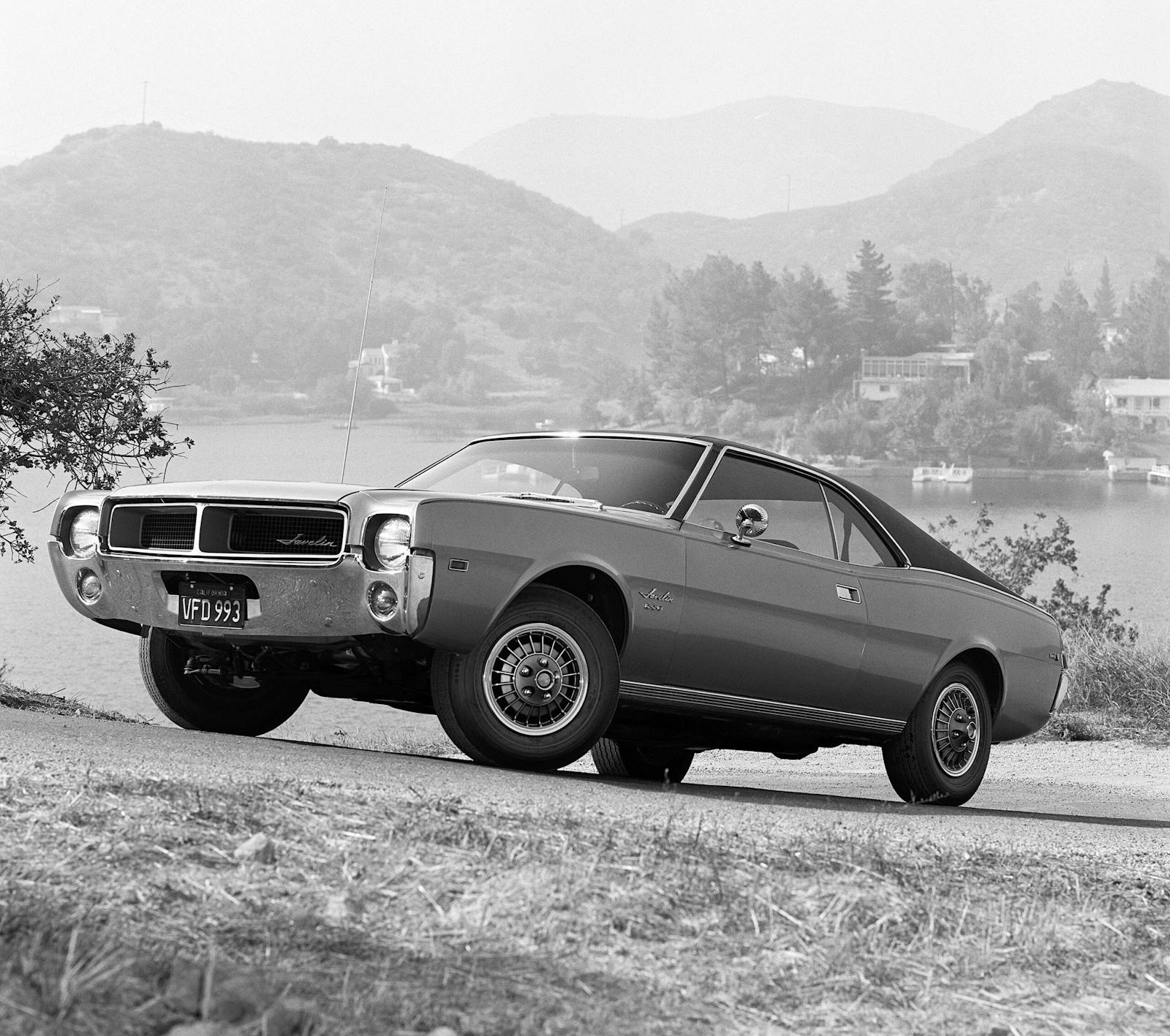6 cars Hagerty readers wish lived beyond the 2010–19 decade
When we asked readers last week about the cars they were sad to see end production in the 2010–19 decade, we weren’t sure what kind of response we would get. As usual, however, the readers came through, and the final list of top mentions reads like a driver’s delight of cars that could see rising values at some point in the not-far-off future.
This final list has a few things that all the vehicles share: big engines, mounted in the front, and driver engagement—lots of driver engagement. Manual transmissions were also driving factors for many readers’ selections. Check out the top six below.
Dodge Viper

With the announcement the Viper would be ending production in 2017, Dodge forced all enthusiasts to sit and watch as the last of the hyper-manual driver cars sat on death row. The car soldiered along for 23 years on Dodge’s balance sheet without discussion of how it was performing financially. That it managed to survive for as long as it did is worth a round of applause. Although the Viper was best known for the aggressive early generations, even Viper faithful will admit the car softened over the years—if such a thing can be said of a car with a honking 8.4-liter V10 and a six-speed manual.
Chevrolet SS

No, not the SS-model Camaro. The SS. A car that was sadly under-marketed and lived in the shadows to all but those truly in the know. Sure, it has four doors, but it could also have six gears ready for row-your-own fun till the cows came home. A 6.2-liter V-8 put wolf’s teeth under the largely uninspiring sheep’s styling. The SS was—and still is—widely considered to be the perfect car to blend in without giving up on fun driving engagement.
Chevrolet C7 Corvette

When the rumors of the mid-engine Corvette finally came true, they sparked another rumor in the process. Could the front-engine C7 continue production alongside the C8? Chevrolet let us get our hopes up before ultimately crushing dreams of a two-’Vette showroom. As the C7 exits stage left, so too does the manual transmission, which was a large sticking point for many commenters who wish it would return.
Ford Focus RS

The only non-rear-wheel-drive model on this list, we have to admit we were a bit surprised to see a hot hatch gathering votes amongst the big-displacement cars which largely owned the conversation. The Focus RS is more RS than Focus. Sure, it has four-doors and some space under the rear hatch for groceries, but the goal was hardly to create a commuter car. Packing 350 horsepower and all-wheel-drive made this car a rocket ship, or a drift ship if you opted to engage the factory “drift mode.” And lest we forget, the Focus RS was offered exclusively with a manual—as much a “indifferent buyers need not apply” as we get in today’s market.
2014–15 Chevrolet Camaro Z/28
20180416144414)
Commenters were quite specific here. Chevrolet aimed the Camaro Z/28 models of 2014 and 2015 squarely at the road courses of the world. The LS7 V-8 borrowed from the Corvette Z06 was just the start. The feature or option you wish would return to production went on a pretty gnarly diet, losing weight with thinner rear glass, lack of sound insulation, and trimming in the wire harness. Throw in giant carbon-ceramic brakes and race slicks with some creases in them for—wink wink—”road tires,” and the result was Chevy going old school to create a track weapon capable of hanging with all the new school machinery from Europe and Japan.
Saturn Sky

It came as a surprise when multiple nods to the Saturn Sky were mentioned. We honestly had to look it up, as Saturn ceased operations in 2010 and we had low expectations that the brand built many of its two-seat convertibles in the final months. The facts state that eight examples rolled out of the factory in 2010. A total of 30 Kappa-platform cars—the platform shared between the Pontiac Solstice, Saturn Sky, and Opel GT—were produced in 2010. The models had unique-for-2010 colors and options, lending credence to the supposition that there were many inside GM who wanted to see the small roadster from a U.S. brand continue.
Your list includes great cars. Driver centric, powerful, and stylish—if a bit understated in a few of these examples. Is this more telling of trends we as enthusiasts wish would continue? Tell us in the comments below. Also take a minute to reflect on the cars of other decades gone by and tell us the feature or option you wish would return to production in this week’s Hagerty Forum’s Question of the Week.

